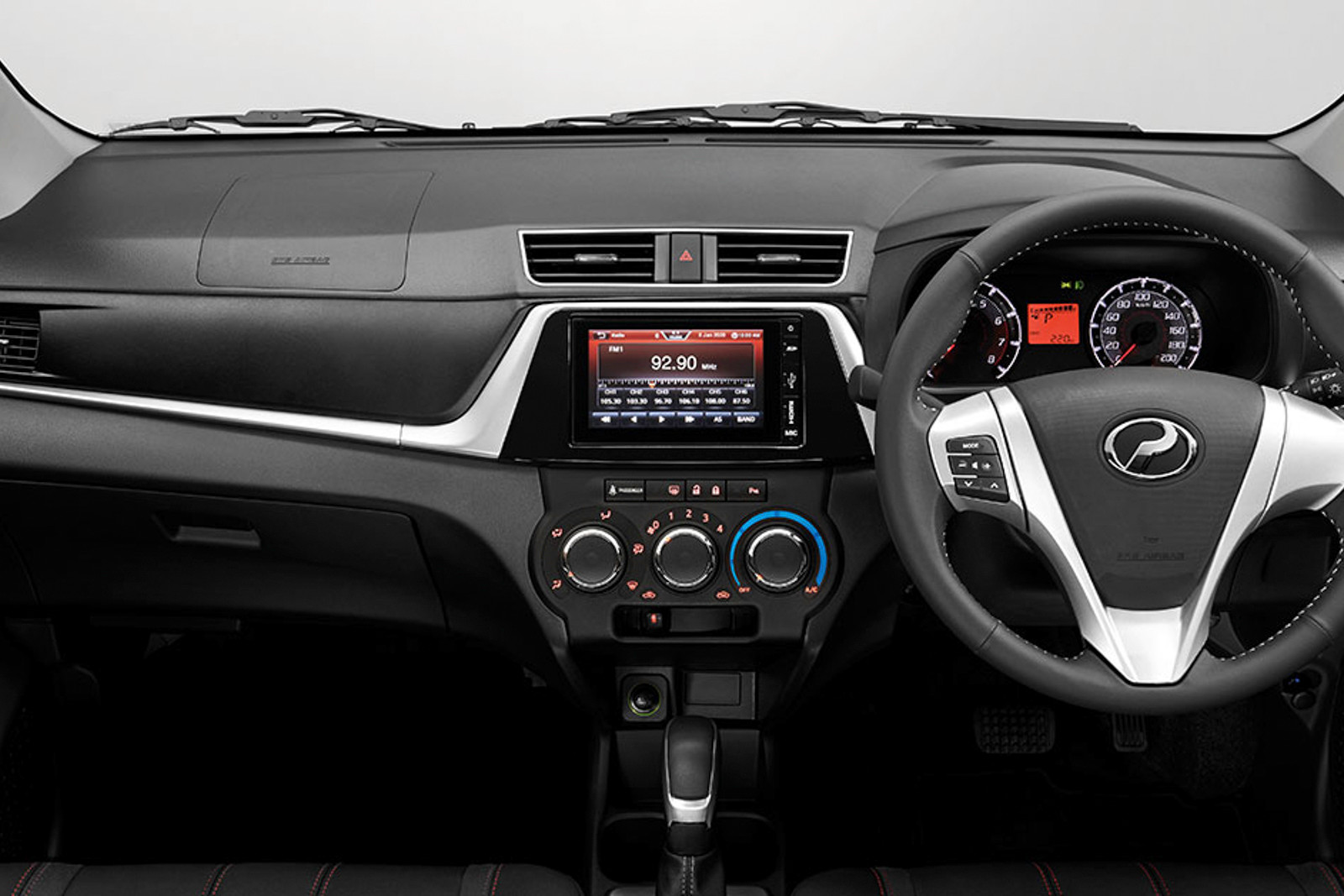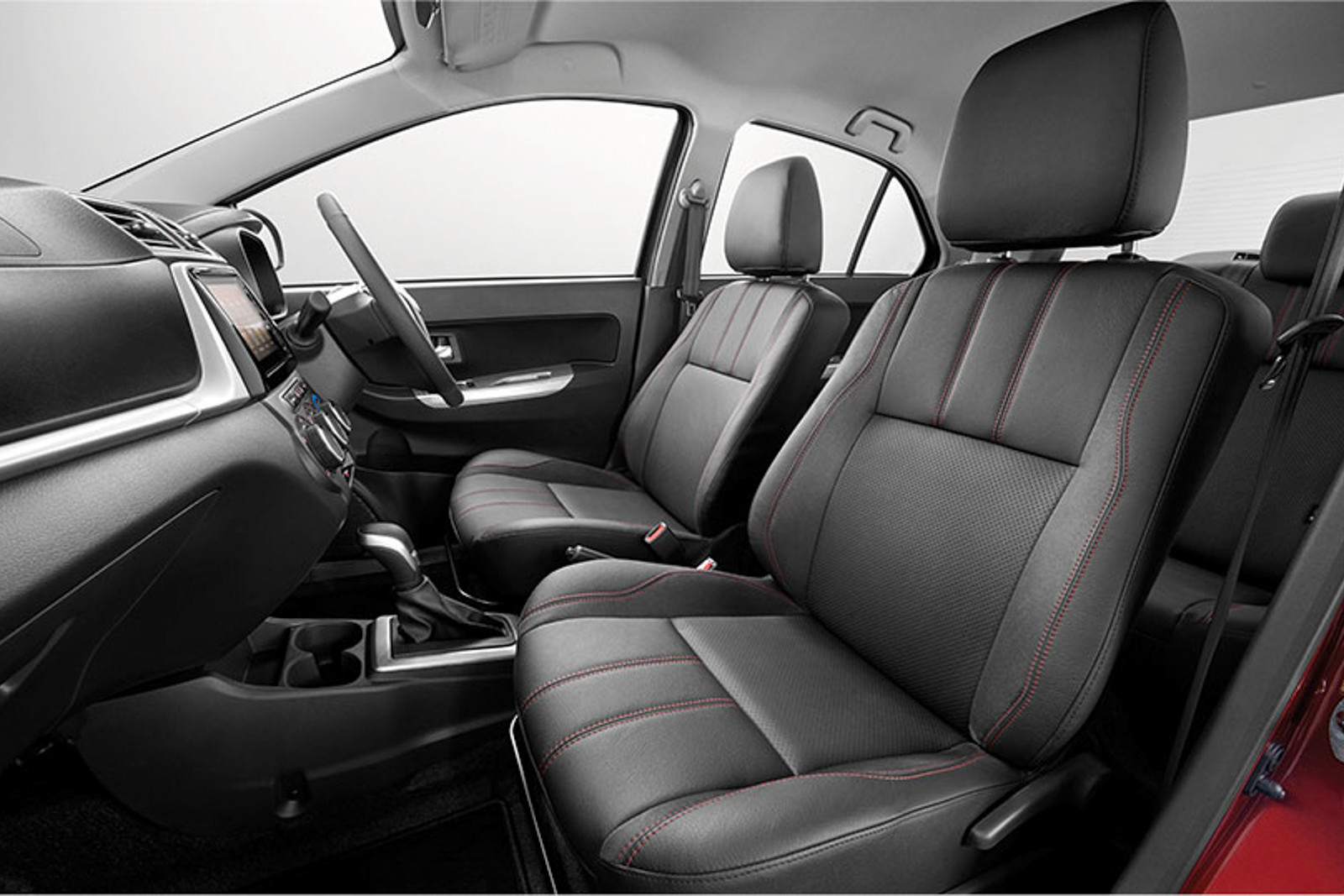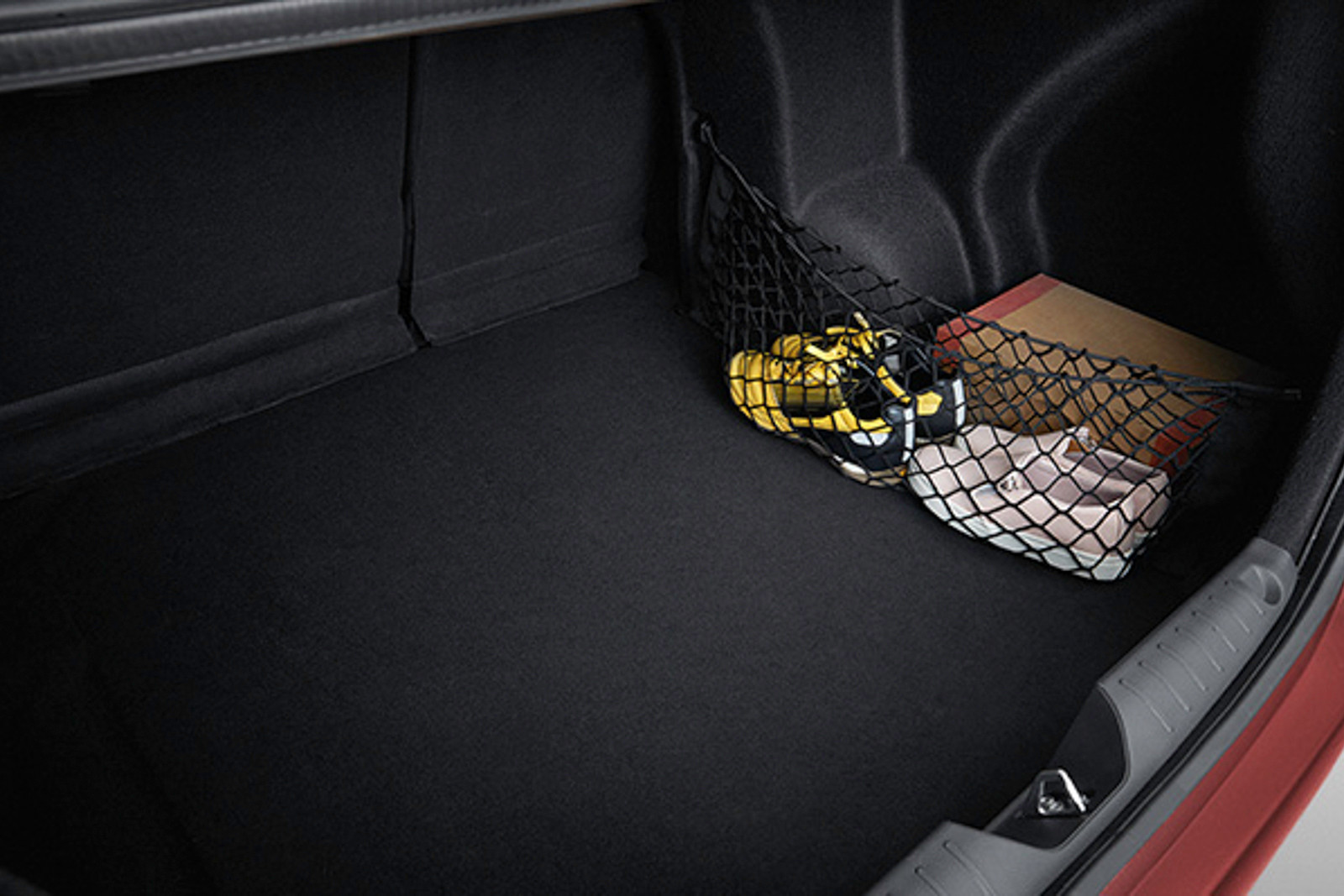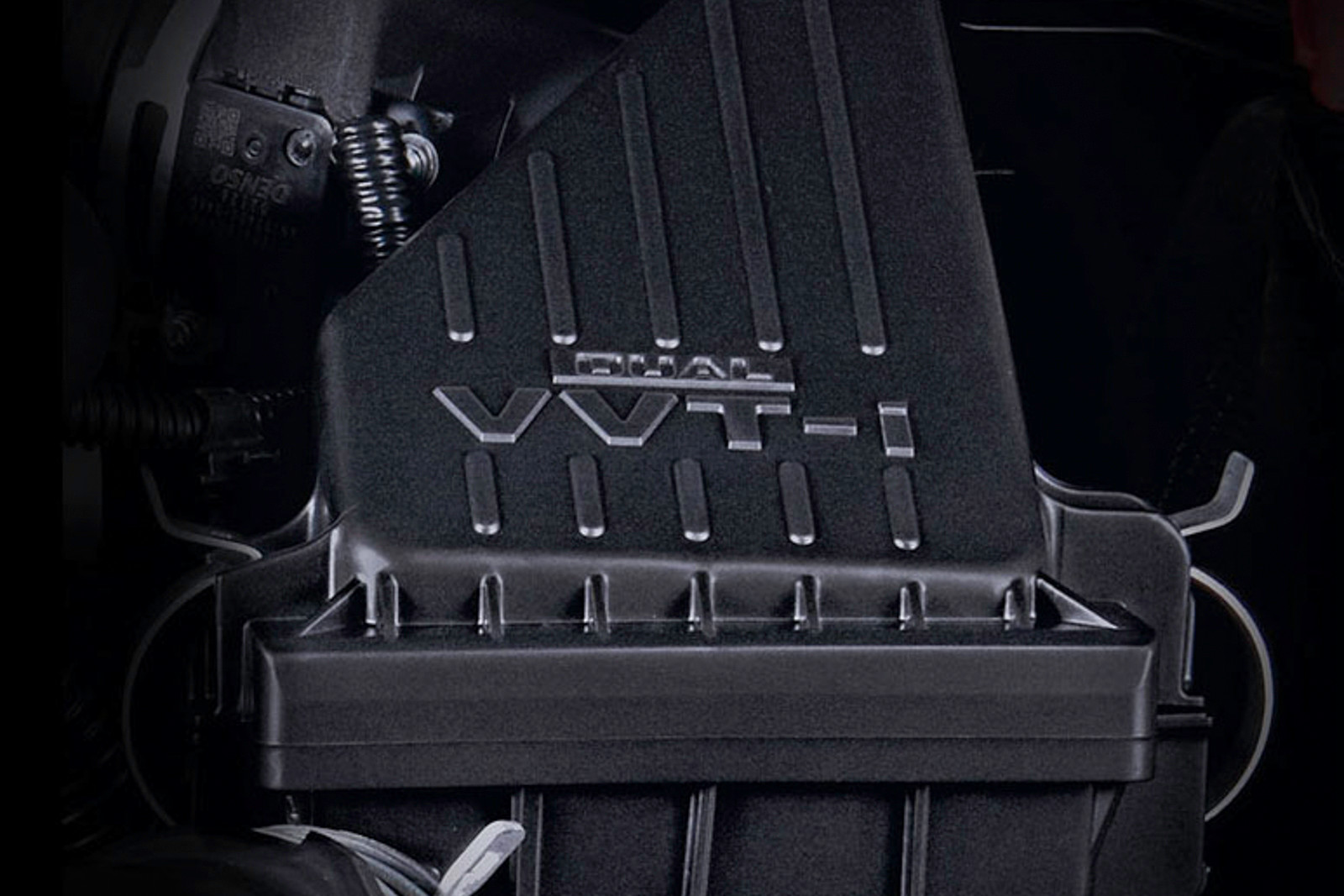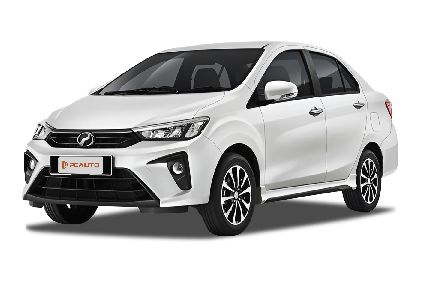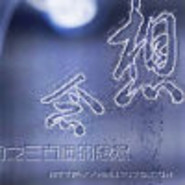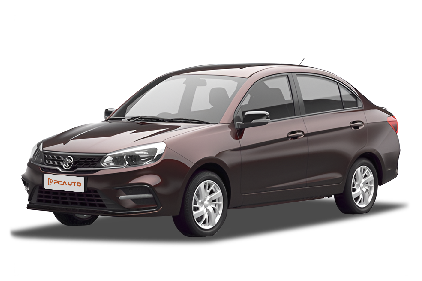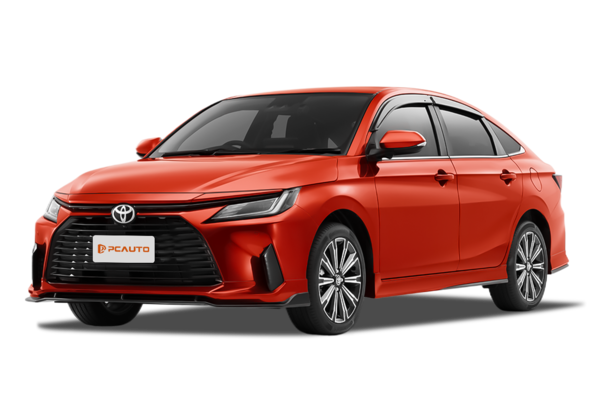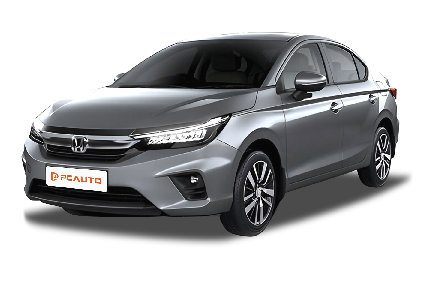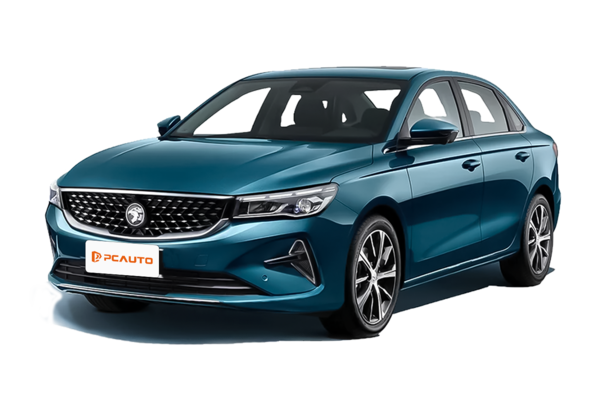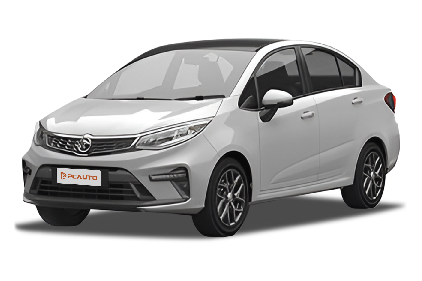Q
How much is Proton Saga in Malaysia?
Currently, the prices of the Proton Saga in Malaysia vary depending on the model and configuration. The starting price of the entry - level 1.3L Standard MT is around RM34,800, while the top - spec 1.3L Premium AT version is about RM44,800. The actual prices may fluctuate slightly due to promotional activities or dealer discounts.
As one of the most popular economy cars in the local market, the Proton Saga is well - known for its affordable price and practical features. It is equipped with a 1.3 - liter naturally aspirated engine, paired with either a 5 - speed manual or a 4 - speed automatic transmission. It offers excellent fuel economy, making it a great choice for city commuting.
The car comes standard with safety features such as ABS, EBD, and dual airbags. Higher - spec models are also equipped with convenient features like a 7 - inch touchscreen and a rear - view camera.
It's worth mentioning that the Proton Saga continues the brand's long - standing advantage of high cost - effectiveness. The maintenance and repair costs are relatively low, and there is an abundant supply of spare parts. This makes it a great option for families on a budget or first - time car buyers.
In recent years, Proton has continuously upgraded the equipment and build quality of the Saga, resulting in a stable resale value in the used - car market, which further enhances its purchase value.
Q
How long is the waiting time for Proton Saga?
Currently, the waiting time for the Proton Saga varies by region and configuration. Generally, it's around 2 to 4 weeks. It's recommended to directly inquire with nearby Proton dealers for the latest information, as inventory and production line schedules may affect the delivery cycle. As a popular model of a Malaysian local brand, the Proton Saga is favored by many consumers for its affordable price and reliable performance. It's especially suitable for first-time car buyers or family users on a tight budget. This car is equipped with a 1.3-liter engine, offering good fuel economy. Meanwhile, it comes with basic safety features such as ABS and dual airbags, providing high cost-effectiveness. If you're considering buying a Proton Saga, you can learn about the differences between various configurations in advance, like the equipment distinctions between the Executive and Premium versions, so as to choose the model that best suits your needs. Additionally, it's advisable to compare the promotional activities of several dealers before making a purchase. Sometimes, they offer incentives like free maintenance or discounts, which can further reduce your expenses.
Q
Why is Proton so popular in Malaysia?
The popularity of Proton in Malaysia can be attributed to multiple factors, including its status as a domestic brand, affordable prices, and the government's policy support for domestic vehicles. As Malaysia's first domestic car manufacturer, Proton has held a special position as a national brand since its establishment in 1983. Many consumers choose to buy Proton cars out of a sense of patriotism.
Moreover, Proton models are reasonably priced. The cost - advantage brought by local assembly makes them the top choice for budget - conscious buyers. The government has further reduced the ownership cost of Proton through policies such as tax exemptions for domestic cars. In recent years, after Proton's cooperation with Geely, the design, technological level, and quality of its models have significantly improved. For example, SUV models like the X70 and X50 have won wide acclaim for their high cost - performance and modern configurations.
Proton also has an extensive after - sales service network. Maintenance is convenient and relatively inexpensive, which is particularly important for consumers who focus on long - term usage costs. It's worth noting that Proton has also made continuous progress in safety performance. Some new models have achieved a five - star rating in the ASEAN NCAP, which has boosted consumers' confidence.
In addition to being cost - effective, Proton also carries the national sentiment of Malaysians. Its development process, to some extent, reflects the achievements of the country's industrialization. This emotional factor is also one of the reasons for its continuous popularity. As new - energy vehicles become a global trend, Proton has also started to explore the field of electrification and may launch more models that meet the needs of the times in the future.
Q
Who are the competitors of Proton Saga?
As a classic entry-level model of Proton, the national car brand in Malaysia, the main competitors of the Proton Saga include models such as the Perodua Bezza, Toyota Vios, Honda City, and Nissan Almera. The Perodua Bezza has become the most direct rival of the Saga with its affordable price and low fuel consumption, especially suitable for consumers with limited budgets. The Toyota Vios and Honda City, on the other hand, attract buyers who pursue durability with their more established brand reputations and high second - hand resale values. The Nissan Almera holds a place in the young family market with its stylish appearance and spacious interior.
In addition, Chinese brands like the Chery Tiggo 7 Pro and Geely Coolray are gradually gaining market attention with their higher - end configurations and technological features. It's worth noting that the facelifted Proton Saga launched in 2023 has upgraded its 1.3L engine and comes standard with an ESC (Electronic Stability Control) system, further enhancing its cost - effectiveness.
For Malaysian consumers, when choosing an entry - level sedan, besides considering the price, they should also pay attention to the second - hand vehicle residual value after 5 years. In this regard, Japanese models usually perform better, but the Saga still maintains a certain advantage with its local after - sales service network.
Q
Does Proton Saga Support Bluetooth?
Yes, some models of the Proton Saga do come equipped with Bluetooth functionality, especially the higher - spec versions like the Premium and Premium S models. The central control systems of these models support Bluetooth connection, which allows drivers to make hands - free calls or play music from their phones, enhancing both driving convenience and safety. It's important to note that the entry - level versions, such as the Standard model, may not have Bluetooth. It's advisable to confirm the specific configuration list before purchasing or consult the dealer.
Bluetooth technology has become a common feature in modern cars. In addition to connecting to mobile phones, some models also support Bluetooth audio streaming or voice control functions. As an economical sedan from a Malaysian local brand, the Proton Saga has gradually added such practical technological features in its recent facelifts to meet market demands.
If you have more questions about using the in - car Bluetooth, you can refer to the vehicle user manual or contact the Proton authorized service center for technical support to ensure you can fully utilize its functions.
Q
What Kind of engine does Proton Saga use?
Currently, the Proton Saga is equipped with a 1.3-liter four-cylinder naturally aspirated gasoline engine, codenamed VVT. This engine features Variable Valve Timing (VVT) technology, which can deliver 95 horsepower and 120 Nm of torque. It's paired with either a 5-speed manual transmission or a 4-speed automatic transmission, making it suitable for daily urban driving needs and offering good fuel economy. As the national car of Malaysia, the Proton Saga's engine design emphasizes reliability and durability, suiting the local road conditions and climate. For readers who want to learn more about automotive knowledge, they can focus on the VVT system in engine technology. It can optimize intake efficiency, enhance power output while reducing fuel consumption, and is a common technology in modern small-displacement engines. The engine tuning of the Proton Saga leans towards smoothness and fuel efficiency, fitting its positioning as a family car. If you have higher performance requirements, you can also consider turbocharged models from other brands, but the Saga still has advantages in terms of cost - effectiveness and maintenance costs.
Q
How much is maintenance on Proton Saga?
As one of the most popular economy cars in Malaysia, the Proton Saga has relatively affordable maintenance costs. The price of routine maintenance (including oil and oil filter replacement) at Proton-authorized service centers is approximately between RM150 and RM250. The specific cost will vary depending on the type of oil used (mineral oil, semi-synthetic or fully synthetic) and additional service items. Maintenance is required every 10,000 kilometers or 6 months. Meanwhile, the cost of major maintenance (such as changing transmission fluid and brake fluid) may be around RM500 to RM800, depending on the vehicle's year and mileage.
In addition, the Proton Saga has an ample supply of parts at reasonable prices, and there are also many non-genuine parts options, which further reduces the long-term maintenance cost. For car owners on a tight budget, it is recommended to conduct regular maintenance according to the maintenance manual to avoid higher repair expenses caused by the accumulation of minor problems. Moreover, Proton's after-sales service network has a wide coverage, including both East and West Malaysia, making it convenient for car owners to carry out repairs and maintenance.
It is worth mentioning that cultivating good driving habits (such as smooth acceleration and avoiding sudden braking) can also effectively extend the vehicle's lifespan and reduce the frequency of maintenance. Simple operations like regularly checking tire pressure and the condition of oil and water can also help car owners detect potential problems in advance and save unnecessary expenses.
Q
What is the cheapest Proton Saga?
Currently, the cheapest version of the Proton Saga is the 1.3L Standard MT manual-transmission model. The official starting price is around RM34,800 (excluding insurance and registration fees). This entry-level model is equipped with a 1.3-liter naturally-aspirated engine that delivers a maximum horsepower of 95PS and a peak torque of 120Nm. It comes with a 5-speed manual transmission and has a fuel consumption of approximately 5.6L/100km. Standard safety features include dual airbags, ABS + EBD, and ISOFIX child seat anchors. Although the Standard MT version has removed some comfort features such as the central control screen and reverse radar, its core mechanical structure is the same as that of the high - end versions, offering excellent value for money. It's especially suitable for consumers with a limited budget who value reliability.
It's worth mentioning that the entire Proton Saga lineup uses a high-strength steel body structure and has achieved a four-star safety rating from ASEAN NCAP. The 1.3L Campro VVT engine has mature technology and low maintenance costs. Supported by the local parts supply system in Malaysia, it has significant long-term cost advantages. As a national car, it also has relatively stable resale value in the used-car market.
If consumers are considering an automatic-transmission model, they can choose the 1.3L Standard AT version (starting at around RM36,800), which is equipped with a Punch CVT transmission, making it ideal for urban driving scenarios.
Q
How long has Proton Saga been on the market?
The Proton Saga was first launched in 1985 by Proton, Malaysia’s national carmaker, making it 39 years old today. As one of the most iconic economy cars in the country, the Saga has been a key part of Malaysia’s automotive journey.
The first-generation model was based on the Mitsubishi Lancer Fiore platform and gained a reputation for its durability and affordability. Over the years, the Saga has gone through several updates. The current fourth-generation version debuted in 2019 and features a 1.3L VVT engine along with safety tech like Electronic Stability Control (ESC).
For many Malaysian families, the Saga wasn’t just a car. It was their first car. Its budget-friendly price tag and low running costs made it a popular choice. The latest model also earned a four-star safety rating from ASEAN NCAP.
After Proton partnered with Geely, the Saga received several modern upgrades. It now offers improved fuel efficiency and added tech such as a 7-inch touchscreen and a reversing camera. These updates show that this classic nameplate continues to evolve with the times.
More than just a vehicle, the Proton Saga stands as a symbol of Malaysia’s automotive heritage. Its long-standing success reflects Proton’s ability to meet changing market demands while staying true to its roots.
Q
Is Proton Saga good for long drive?
As an entry-level sedan from a Malaysian local brand, the performance of the Proton Saga for long-distance driving depends on several key factors. Its 1.3L naturally aspirated engine provides smooth power, but it may struggle a bit when overtaking at high speeds. However, it offers good fuel economy, which meets the needs of budget-conscious car owners. The chassis is tuned for comfort, effectively filtering out vibrations from the uneven roads commonly found in Malaysia. But there's obvious body roll when cornering, so you need to control your speed when taking bends. The seats offer moderate support, being comfortable for short trips, but it's advisable to take breaks during long drives. The noise insulation is at a medium level among cars in the same class, with engine and tire noise being quite noticeable at high speeds. The 430-liter trunk is large enough to hold luggage for a family trip. In terms of safety features, dual airbags and ABS + EBD are standard, but it lacks advanced driver assistance systems, so car owners need to pay more attention to the issue of fatigue driving. Among similar models, the Perodua Bezza and Honda City offer different characteristics. The Bezza is more fuel-efficient, while the City has stronger power. Regular maintenance, especially checking the cooling system and tires, is crucial for long-distance reliability. The 5-year unlimited mileage warranty provided by the factory can also ease the concerns of car owners. Overall, the Saga is suitable for families on a budget who mainly drive at medium speeds on long trips. But those who seek strong power or a quiet driving environment may need to consider higher-tier models.
